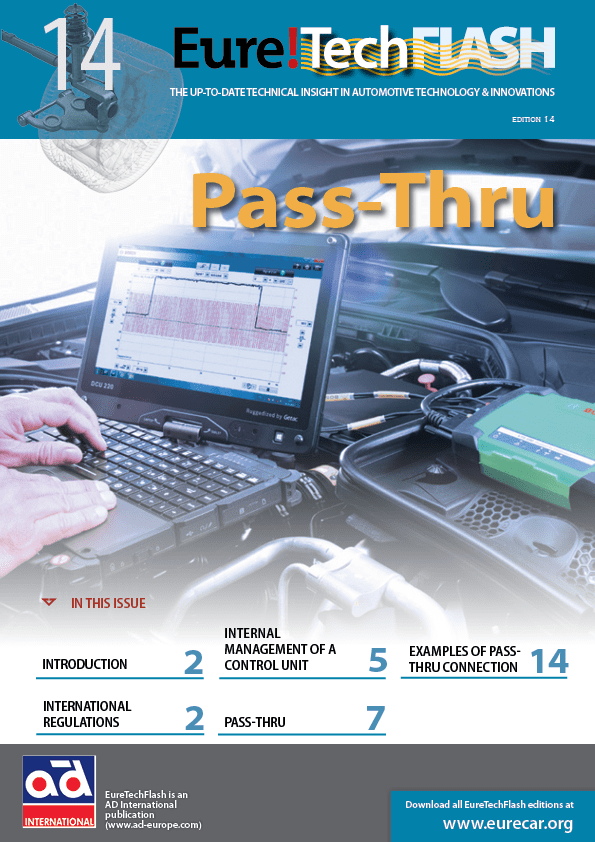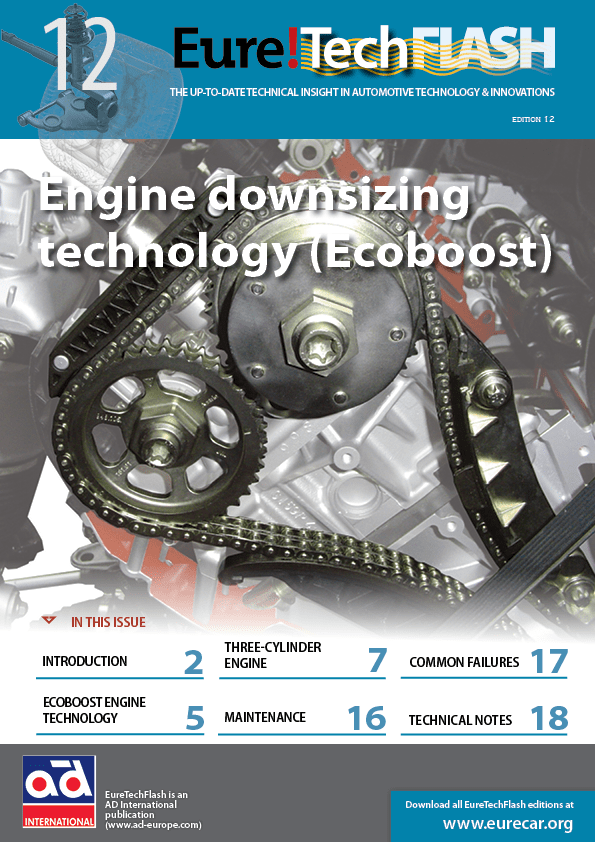Engine Downsizing Technology
02.05.2024
Downsizing refers to the concept of miniaturisation and optimisation of the performance of an engine to give it similar or superior characteristics to that of engines of a larger cubic capacity. Moreover, this technique re-duces the pollutant emission levels to the atmosphere and fuel consump-tion is improved.
Over recent years, practically all manufacturers have started to use down-sizing technology. Through engineering, the thermal effi ciency of internal combustion engines has been improved to such an extent that they can be designed with a much smaller size while maintaining, or even exceeding, the performance of much larger engines.
By combining a reduction in the number of cylinders and/or the cylinder capacity, with the addition of various systems such as direct fuel injection, forced induction, variable valve timing, variable valve lift, variable intake, intelligent heat management, etc., brands are capable of building high-power engines, the majority of which are no larger than 1600 cm³ and have less than four cylinders.
Even though downsizing is focused on petrol engines, it has also been applied to diesels, with the emergence of what are called modular archi-tectures; smaller petrol and diesel engines with similar characteristics are built on the same base and share a large number of elements, thus reduc-ing the cost and reliability problems the manufacturers have experienced.
Download file




